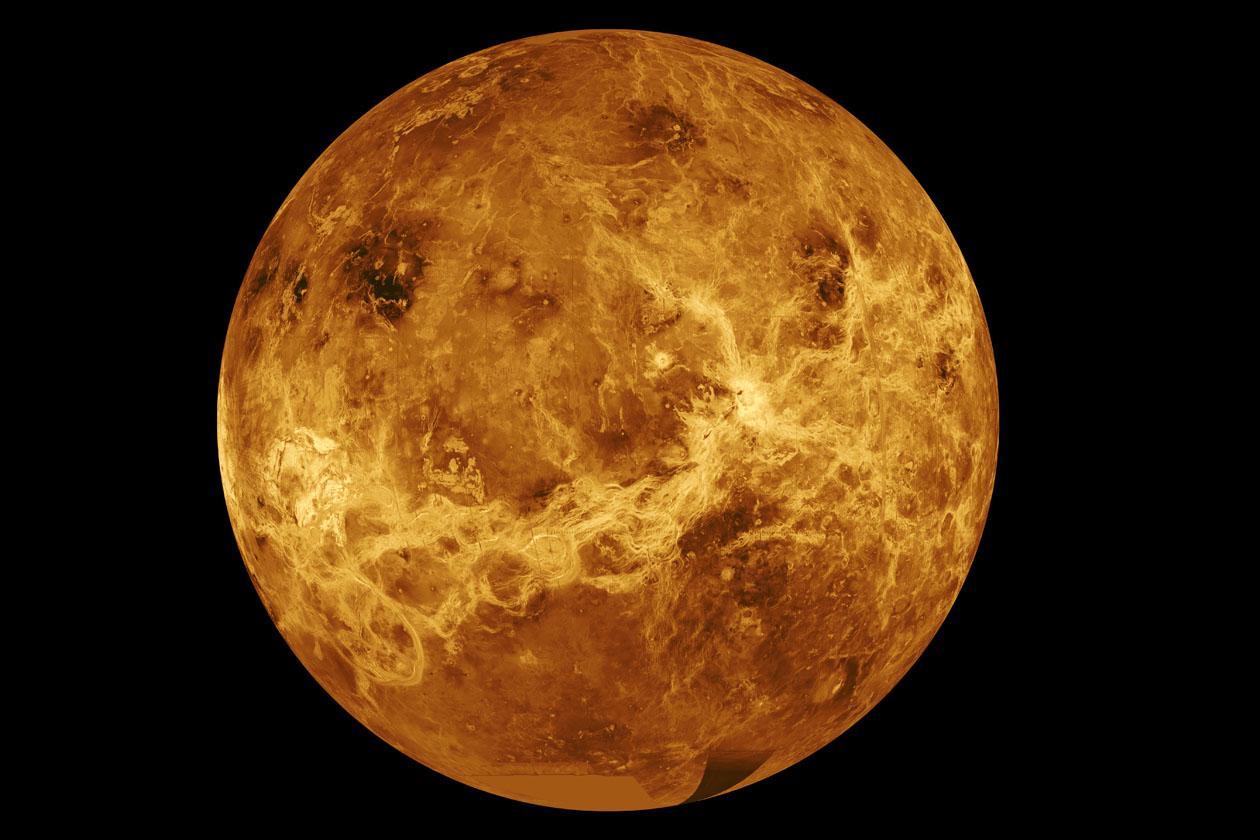Y: In 2020 an international team of astronomers made a surprising discovery using the James Clerk Maxwell telescope in Hawai’i. And y’know Don, they found evidence that the atmosphere of the planet Venus contains tiny amounts of phosphine gas.
D: Phosphine. What’s that, Yaël?
Y: It’s a simple molecule, made of one phosphorus atom and three hydrogen atoms.
D: Why is that a surprising discovery?
Y: There are traces of phosphine in Earth’s atmosphere, too. The reason it’s so surprising to find it on Venus is that the phosphine in Earth’s atmosphere is made by bacteria. These bacteria thrive in low oxygen environments, such as sewers. Since the phosphines in Earth’s atmosphere are due to biological activity, the Venusian phosphines might be a sign of life.
D: But Yaël, the surface of Venus is twice as hot as an oven. No bacterium could withstand that.
Y: Yes, but thirty miles above the surface, the clouds of Venus are a more habitable eighty degrees Fahrenheit. The discovery indicates there might be bacteria that make phosphines living in the clouds of Venus.
D: Aren’t there any non-living chemical processes that can make phosphines?
Y: Before publishing their results, the researchers considered chemical processes involving sunlight, volcanoes, lightning, or minerals blown upwards from the surface, and they showed that these couldn’t account for even one ten-thousandth of the amount of phosphine that was detected.
D: It’s another planet. Couldn’t there be unknown chemical processes making phosphine?
Y: Yes, there could. Although this is a very exciting finding, more research will be needed before we can conclude that there is life on Venus. This might include a space mission to retrieve samples from the Venusian clouds.









